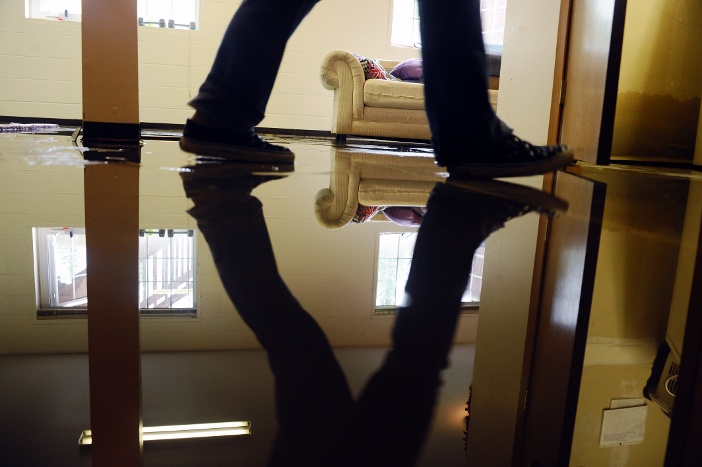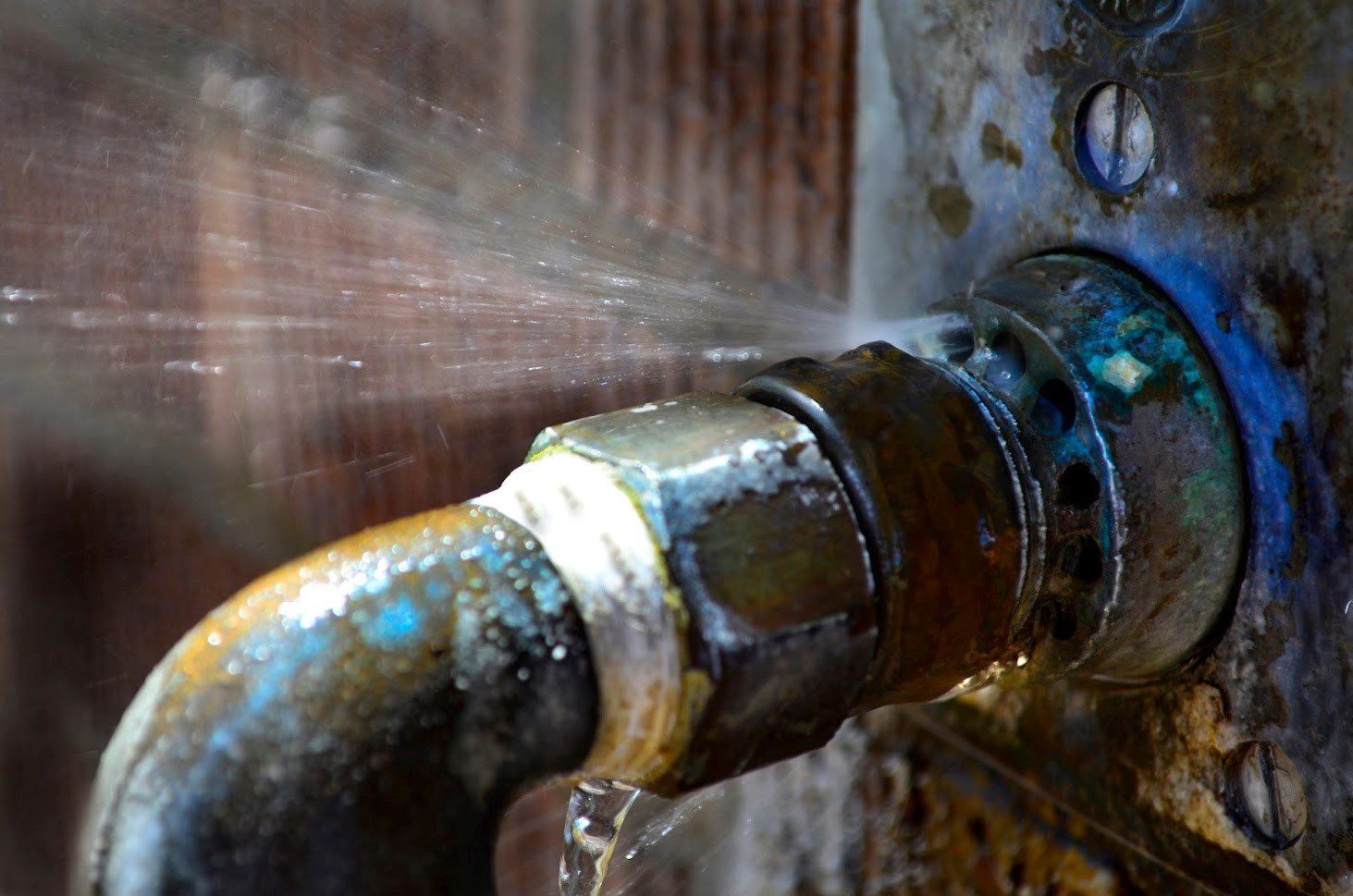Just about every person is bound to have their unique thinking about The Do’s And Don’ts When Water Floods Your Home.

What should you do if a water pipe bursts in your home? Do you want a mini-waterfall as well as flooding in a location of your residence? If you find yourself in this scenario, you must act fast. The longer you wait, the much more serious the damages that can occur to your residential property. The presence of mind is type in these events. For these reasons, you require to learn how to act in the event of a burst pipes. Because time is of the essence, check out the complying with suggestions below to assist you act quick.
Turn off the Key Waterline Valve
The first thing to do? Close the shut-off valve. Search for the regional shut-off valve to turn off the water in one specific area only. Go for the main water line shutoff and also transform it off if you don't understand where the localized shut-off shutoff is. This step will cut off the water quickly in your entire home. Typically, the main valve is located outside the residence beside the water meter. If it's not there, you can also find it in 2 areas: in the basement at eye level or the 1st flooring on the ground. Normally, contractors put the shut-off shutoff generally ground level bathroom or appropriate alongside it.
Call Water Damages Repair Pros for Help
After closing the water resource, call the professionals for assistance. With their professional aid, you can prevent much bigger water damages consisting of warped baseboards, loose floor tiles, or harmed structures.
Document the Damage For Insurance coverage
While you're awaiting the pros to arrive, get some paperwork of the damages brought on by the wayward pipeline. Take pictures and videos of whatever. Do close-up shots of the harmed places and also valuables. Your paperwork will serve as evidence for your homeowner's insurance coverage. Keeping positive with this circumstance assists you to sue for insurance coverage, which will certainly better sustain you and also your family members to come back on your feet.
Salvage Things That Can Be Conserved
Examine the harmed products and take out the most vital ones from the pile once you're done taking images. Dry them off in a dry/warm location away from the broken area and also try to maintain them as long as you can. Drag as much wetness as you can to the material so it can start to dry out.
Start the Drying Refine
You need to begin the drying out process as soon as possible. The good news is, the water from your waterlines is currently clean so you do not need to worry about sewer water. However, the flowing water may have disturbed the dirt and also particles in your carpetings and also floorboards. In this instance, placed some handwear covers on and start some damage control. Use containers to discard out the water. Remove as much water as you can from the surface areas with old towels. Turn on an electric follower or open your home windows to promote air circulation. These steps will certainly speed up to completely dry and discourage mold as well as mold development.
Specialists are the only people qualified to examine appropriately and also fix the burs pipes and also subsequent damage. As constantly, pipes don't simply suddenly burst out of heaven. They usually provide quiet red flags like bubbling paint, water discolorations. Weird noises in the plumbing, caving ceiling, stuffy odor, or peeling wallpaper. Make note of these signs as well as do some safety nets so you can nip any issues in the bud.
What should you do if a water pipeline bursts in your home? For these factors, you need to discover just how to act in the occasion of a ruptured water pipe. After closing the water source, call the experts for aid. With their expert assistance, you can prevent much bigger water damage including deformed baseboards, loose floor tiles, or damaged frameworks. The good news is, the water from your waterlines is already clean so you do not have to worry regarding sewage system water.
BROKEN WATER PIPES: COST TO REPLACE & WAYS TO FIX A PIPE
CAUSES OF A BROKEN WATER PIPE
A water pipe can break for several reasons depending on the environment you live in, type of pipe, and circumstances.
The most common cause of broken pipes is freezing. If you live in a colder climate, this could happen. When water freezes it increases in volume by 9% and the pressure in the pipes can go from 40 psi to 40,000 psi. Clearly, this could be detrimental to the pipes. Water freezing causes quick expansion, which puts stress on the pipes and could lead them to crack or weaken. When water thaws, it will leak out the cracks. Other changes in water pressure can also cause breakage. Another common cause of broken water pipes is age.
Depending on the material, water pipes can last anywhere from 70-100 years. But the older they get, the more susceptible they are to weakening and corroding. Older pipes coming into contact with another material could speed up the corrosion process as well. PVC pipes can become brittle with age, while copper is prone to corrosion and stress over time. Something that could also potentially break water pipes is when they move. They may move from construction or the house settling. Moving can stress the fixed pipe which may lead to a leak or burst pipe.
HOW MUCH WATER COULD LEAK INTO YOUR HOUSE FROM A BROKEN PIPE?
The amount of water that leaks depend on how big the break in a pipe is. If it is just a minor crack, water will slowly leak out. This isn’t as serious as a full broken pipe, but it can still cause significant damage to your home. Burst pipes can leak up to 10 gallons of water per minute. The amount of water leaked also depends on what appliance is involved. The water line to your refrigerator can leak ½ to 1 gallon per minute depending on water pressure. One toilet supply line may leak 2-3 gallons a minute and a washing machine hose will leak up to 10-12 gallons per minute.
TURN THE WATER OFF
Doing this first is imperative; everything else can wait. You need to deactivate the water supply to stop the flow of water and prevent more water from leaking into your home. Shutting off the water could potentially save you thousands in water damage repairs. Locating the water shutoff valve depends on the climate you live in. For colder climates, the valves are usually inside, such as in the basement. For houses in milder weather, the shutoff valves will probably be outside—either attached to an exterior wall or in an underground box with a removable lid.
OPEN A FAUCET
The next thing to do is to open a faucet or turn on a sink. This will relieve any remaining water pressure in the pipes and ensure a full-shut down.
GET RID OF THE WATER
The quicker you get rid of the water, the less water damage and mold there could be. Use a mop and a shop vacuum to help get clean up the water. Use towels to dry everything the best you can.
CUT AND REMOVE THE DAMAGED PIPE
Once you have shut off the water and drained the damaged water pipe, you can begin to fix the issue. Cut out the damaged section of the pipe with a pipe cutter, ensuring that you also cut one inch extra on each side of the damage. Once you get rid of the broken part of the pipe, you may begin repairs.
https://www.wmhendersoninc.com/blog/broken-water-pipes-cost-to-replace-ways-to-fix-a-pipe/

Do you enjoy reading up on The Do’s And Don’ts After Water Damage? Make feedback down the page. We would be glad to find out your thinking about this posting. Hoping that you visit us again in the near future. Are you aware of anybody else who is fascinated about Quick Tips To Help Deal With Water Damage? Why not share it. I am grateful for your time. Kindly check our site back soon.